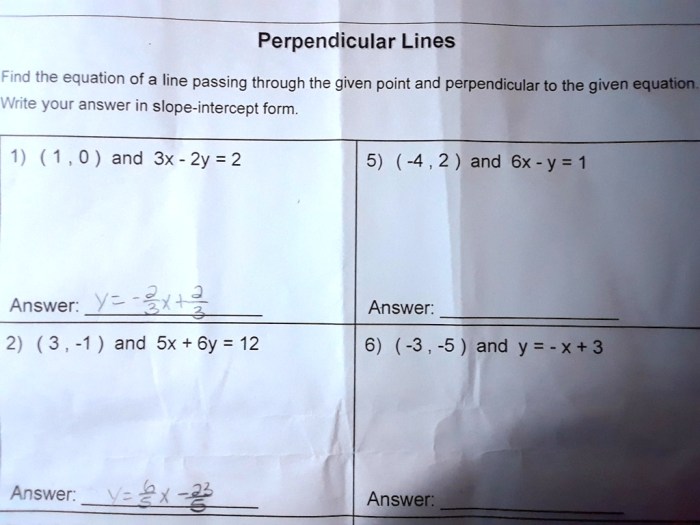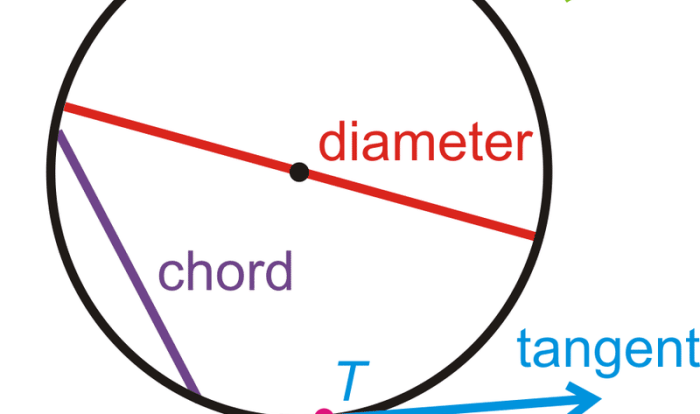Geometry Chapter 3 Review Answer Key: Your Gateway to Mastering Geometry! Dive into the realm of geometry with our comprehensive review guide, meticulously crafted to empower you with a deep understanding of the fundamental concepts, theorems, and problem-solving strategies covered in Geometry Chapter 3. Whether you’re a student seeking academic excellence or a professional seeking to refresh your knowledge, this guide will illuminate the intricacies of geometry, unlocking its secrets and empowering you to conquer any geometric challenge that comes your way.
Within these pages, you’ll embark on a journey through the key concepts of Geometry Chapter 3, gaining a solid foundation in the language of geometry. Our experts have carefully curated a collection of practice problems and detailed solutions, designed to reinforce your understanding and prepare you for success in your geometry endeavors.
Key Concepts in Geometry Chapter 3: Geometry Chapter 3 Review Answer Key

Geometry Chapter 3 delves into the foundational concepts of plane geometry, establishing a solid understanding of geometric shapes, their properties, and relationships. Key terms and definitions include points, lines, planes, angles, triangles, quadrilaterals, circles, and polygons. The chapter explores the properties of these shapes, such as their angles, side lengths, and areas.
Examples of geometric shapes abound in our world. Points represent specific locations, lines extend infinitely in one dimension, and planes stretch endlessly in two dimensions. Triangles, quadrilaterals, and circles are ubiquitous in nature and human-made structures. Understanding the properties of these shapes is essential for comprehending the geometry of the world around us.
Theorems and Proofs in Geometry Chapter 3
Geometry Chapter 3 introduces fundamental theorems that provide the foundation for geometric proofs. Theorems such as the Pythagorean theorem, angle bisector theorem, and triangle congruence theorems establish relationships between geometric elements. Proofs in geometry involve logical reasoning and deductive arguments to demonstrate the validity of these theorems.
The process of proving geometric theorems involves constructing logical arguments based on axioms, definitions, and previously proven theorems. By applying deductive reasoning, students learn to construct valid proofs that demonstrate the truth of geometric statements.
Problem-Solving Strategies for Geometry Chapter 3
Geometry Chapter 3 emphasizes effective problem-solving strategies to tackle geometric challenges. Step-by-step procedures guide students through the process of analyzing problems, identifying relevant concepts, and applying appropriate theorems and properties. Common problem types include finding missing angles, proving congruence or similarity, and calculating areas and volumes.
A table showcasing common problem types and their corresponding strategies provides a valuable reference for students. This table helps students develop a systematic approach to problem-solving, enabling them to approach geometry problems with confidence.
Applications of Geometry Chapter 3 in Real-World Contexts
The concepts and theorems explored in Geometry Chapter 3 find practical applications in various fields. Architecture, engineering, and design rely heavily on geometric principles. Architects use geometry to design buildings, bridges, and other structures, ensuring their stability and aesthetic appeal.
Engineers apply geometric principles in the design of machines, vehicles, and infrastructure.
Geometry enhances our understanding of the world around us. The patterns and relationships found in geometric shapes can be observed in nature, art, and architecture. By studying geometry, we gain a deeper appreciation for the beauty and order that exists in the world.
Practice Problems and Solutions for Geometry Chapter 3, Geometry chapter 3 review answer key
A set of practice problems reinforces the concepts covered in Geometry Chapter 3. These problems provide students with opportunities to apply their knowledge and develop their problem-solving skills. Detailed solutions accompany each practice problem, offering step-by-step guidance and explanations.
The practice problems and solutions are organized in an HTML table for easy reference. This table allows students to quickly access specific problems and their corresponding solutions, facilitating effective practice and review.
Questions Often Asked
What is the significance of Geometry Chapter 3?
Geometry Chapter 3 lays the foundation for understanding more complex geometric concepts and their applications in various fields.
How can I effectively use this review guide?
To maximize your learning, engage with the content actively, solve the practice problems, and seek clarification on any concepts you find challenging.
What are the benefits of mastering Geometry Chapter 3?
Proficiency in Geometry Chapter 3 enhances your problem-solving skills, spatial reasoning abilities, and critical thinking capabilities.

